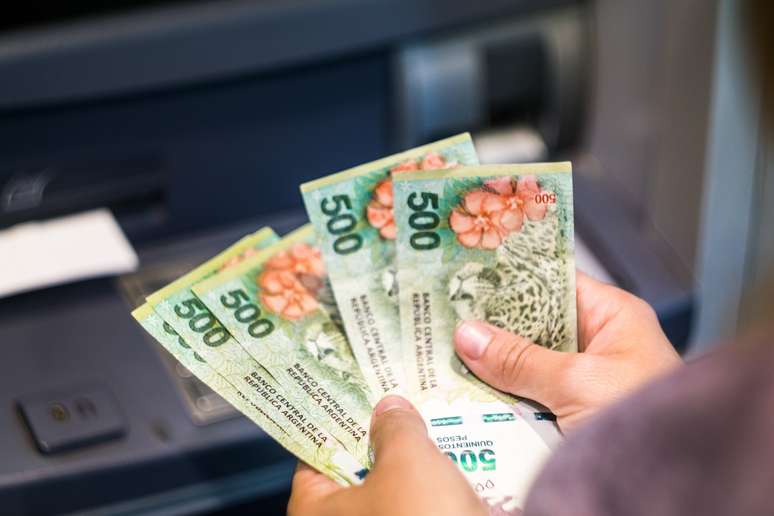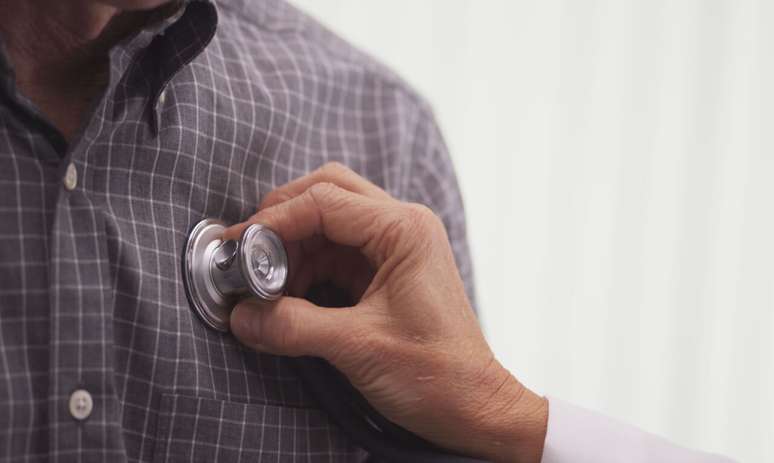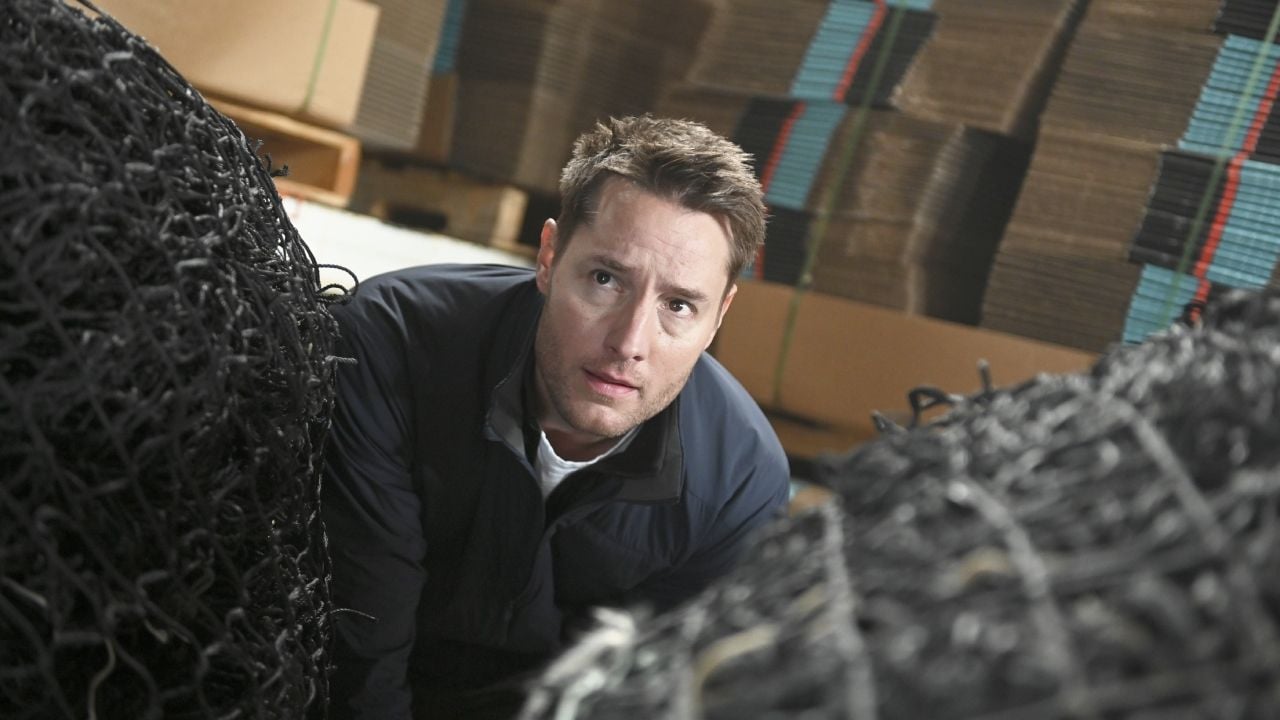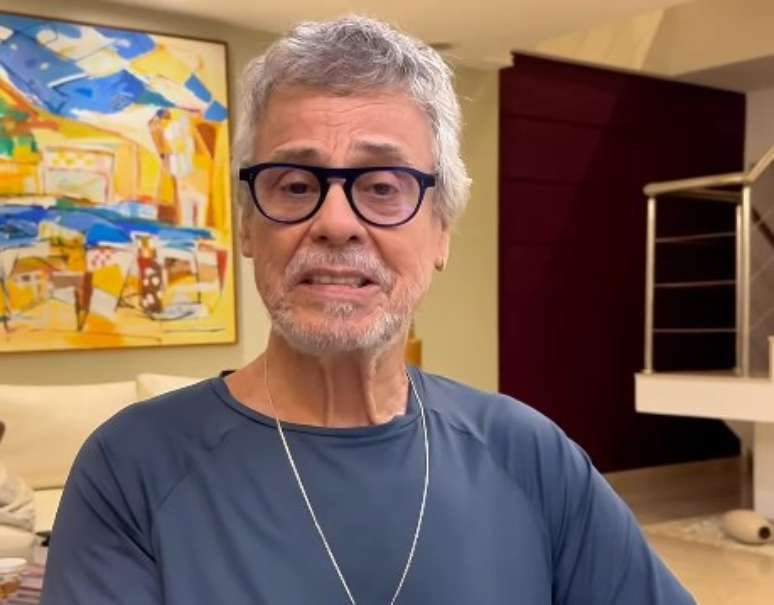Argentina is cheap on the parallel (or blue) exchange rate, and there are safe and legal ways to get the best rate. And yet: cards now have their advantages
The devalued Argentine peso makes the US dollar the most desired currency, from Ushuaia to Salta. Currently in Argentina there are at least 17 types of exchanges linked to the American currency, but there are two that have a direct impact on the tourist’s pockets: the official and the parallel (better known as blue). The official rate is the rate you will find in “normal” exchange offices, such as those at Ezeiza airport or Aeroparque, and which will always be the worst rate.
html[data-range=”xlarge”] figure image img.img-80d33210130ef530262e82491c8a975baq6z42fi { width: 774px; height: 516px; }HTML[data-range=”large”] figure image img.img-80d33210130ef530262e82491c8a975baq6z42fi { width: 548px; height: 365px; }HTML[data-range=”small”] figure image img.img-80d33210130ef530262e82491c8a975baq6z42fi, html[data-range=”medium”] figure image img.img-80d33210130ef530262e82491c8a975baq6z42fi { width: 564px; height: 376px; }
In this text, the focus will be on parallel cash exchange, which basically doubles your purchasing power. We will also address a novelty that appeared in December 2022 and which should once again make credit cards an advantageous means of payment. Until then, card operators converted charges using the official exchange rate, which made travel more expensive. Now, the Central Bank of Argentina has defined that expenses made in the country with foreign cards will have a quotation closer to blue, baptized as “dollar tarjeta”, which improves a lot for the traveller, especially the one who does not want to waste time queue to get a slightly better quote. However, it is possible to get more favorable quotes in addition to the cards. Follow me.
How to know the quotation of the day?
From reais to Argentine pesos, you can find the official exchange rate of the day at this link and, at this other link, the parallel exchange rate (blue). On December 15, for example, 1 real bought 30 pesos at the official rate; in parallel, it was quoted at 60 pesos.
Where to change money in Buenos Aires?
In Buenos Aires, a very common place to exchange blue money are the “cuevas”. You’ll hear “exchange, exchange rate” every time you walk down Calle Florida, the city’s main commercial thoroughfare. Negotiations can take place on the street or in shops, which are not as scary today as they were ten years ago. What is the biggest disappointment of these transactions? The need to negotiate the exchange rate and the possibility of receiving a counterfeit peso banknote when exchanging.
Are there safer blue trading options other than “cuevas”?
Western Union shops (Pago Fácil chain) are safer and more legal, paying a rate very close to the blue rate and almost always double the official rate: on December 15, 1 real was worth 62 pesos in the WU application (against 30 for the official pesos).
How do I exchange currency using Western Union?
Through the application, which has versions for both Android and iOS. It’s simple: download and open the app, click on “Send money”, enter the data, choose Argentina as the country of shipment and choose the amount. At the moment the quotation is already known and the value does not change. After that, it appears on the screen “How does your recipient want to receive the money?” . Click “In a shop” . In sequence, “How do you want to pay?”. The fastest way to receive is by clicking on “PIX or bank transfer” . At that moment, the service fee also appears (in the case of a thousand reais it is 30 reais) and the IOF of 1.1%. The delivery time is also displayed: in minutes (WU previously advertised in the app that it would take 3 business days, but in practice the money was always available within minutes when sending via PIX).
Fill in the recipient’s details in the fields below, without abbreviations – the information must match the document, which in my case was a passport. There are reports of people shorting and failing to withdraw. At the checkout I was asked for an address and telephone number in Buenos Aires and ended up giving details of the hotel I was staying at.
Are there any disadvantages of Western Union?
Some. Keep in mind that at least part of your first day in Argentina will be dedicated to this. Because it’s convenient, legal and safe, tourists from all over the world have joined the program, which can mean considerable queues or, in the worst case, running out of store money. One of the largest Western Union branches in Buenos Aires, with several service counters, it is located on the corner of Avenida Córdoba and Calle Montevideo, a 10-minute walk from the El Ateneo Grand Splendid bookstore. When I was there, the line went out the door and around the corner. Through the WU app, I noticed that there was a shop on the next block, on Calle Paraná, and the line was much shorter there. I went to the communication department of Western Union to find out about the lack of money, and the explanation was that the shops usually have a larger amount of banknotes in the afternoon because they also function as a kind of lottery and receive bill payments. Another tip: the closer the branches are to the Microcentro, the shorter the queues and the better the chances of getting cash. Shops are closed on Sundays and many on Saturday middays (check in the app).
After all, is it worth using a credit or debit card from my account in Brazil?
Using a card is no longer a disadvantage. Until the beginning of December 2022, it was not worth it because the card operators used the official exchange rate as the basis for closing invoices. In an effort to get US currency to circulate less in the parallel market, Argentina’s government wants to encourage tourists to start making more card payments. To do so, he has defined that he will use a more favorable exchange rate on invoices, the so-called “dollar tarjeta”, very close to blue and to which Mastercard and Visa have already adhered: on December 15, 1 real was worth around 50 pesos on the card (this amount already deducts the IOF fee of 5.38%). Conclusion: if we consider that on December 15, 1 real was worth 30 pesos in the official version, 50 pesos in paper (dollar tarjeta) and 62 pesos in Western Union, WU is still the most advantageous way to change money, now closely followed by card of debit/credit. For day-to-day use, it’s still worth exchanging cash in cuevas or Western Union.
Visa and Mastercard have online calculators where you can find out the exchange rate for card purchases (the result does not include the IOF fee). In the simulation carried out on 12/15, Visa already showed the value in dollars (R$ 1 = 58 pesos), while Mastercard showed the official exchange rate (R$ 1 = 32 pesos). From what we have observed, Mastercard cards present the official change at the time of purchase and credit the difference between the official and the card five days later.
Is it worth paying the hotel fee by cash or card?
In Argentina a benefit was already active which reimbursed 21% of the VAT, equivalent to our ICMS, to those who paid for the overnight stays on the card. Before December 2022, with the card bill closed by the official exchange, money was lost. Now, even with the 5.38% IOF fee, it has become cheaper to pay for hotels with a credit card than using the blue card to pay in pesos. Go card.
What about dollars in cash?
American currency is not only well accepted but highly desired in shops, restaurants, hotels and has the most favorable exchange rate of all. Argentines prefer to save in dollars due to inflation, so if you have greenbacks at home, take them. For amounts starting at 600 USD you can get a very close to blue quote for changes made at Banco de la Nación Argentina branches both in Ezeiza and at the Aeroparque (make sure you travel with your passport). The scheme is not valid for real exchange and is only beneficial if you intend to spend more than US$600 (returning to Brazil with pesos is not a good deal due to inflation). If you don’t have dollars, you prefer to take reais to exchange blue pesos locally or in the WU scheme via the application.
And buy pesos in Brazil?
It will always be the worst deal because it is an official exchange rate.
Is it safe to carry cash in Buenos Aires?
One has the strange feeling of leaving an agency with a pile of banknotes: one thousand reais at the exchange rate on December 15th equals 62 thousand pesos – it was a figure similar to the one I changed, kept in a hotel safe and gradually “withdrew “. There is no denying that there is a positive psychological effect to having a weak currency in your pocket: the prospect of losing a thousand pesos is much less dramatic than losing a hundred dollars. However, in the seven days I spent in Buenos Aires, I never had the apprehension I feel when walking through São Paulo. Walking through the city of Buenos Aires is still one of the most pleasant and peaceful things to do.
Is the scheme for taking money the same for Bariloche?
In the case of Western Union, it’s a little more complicated because there are few shops in Bariloche and the overcrowding in winter means that the money runs out quickly. Best of all, your trip isn’t entirely dependent on transacting at the WU, and they also accept cards and cash reais to exchange in the city – there are several ‘cuevas’ dotted around calle Mitre. The good news is that at the height of the ski season, real becomes currency and is easily accepted at a better rate than the official rate.
And Mendoza?
On Calle General San Martín, almost next door to the building where the city’s tourist information center is located, there is usually a concentration of “arbolitos”, but don’t expect a sizeable market for parallel currency exchange as there is in Buenos Aires Aries. Reais are hardly accepted on the market. There are several Western Union stores near Plaza Independencia.
Book accommodation in Buenos Aires
Source: Terra
Ben Stock is a lifestyle journalist and author at Gossipify. He writes about topics such as health, wellness, travel, food and home decor. He provides practical advice and inspiration to improve well-being, keeps readers up to date with latest lifestyle news and trends, known for his engaging writing style, in-depth analysis and unique perspectives.








